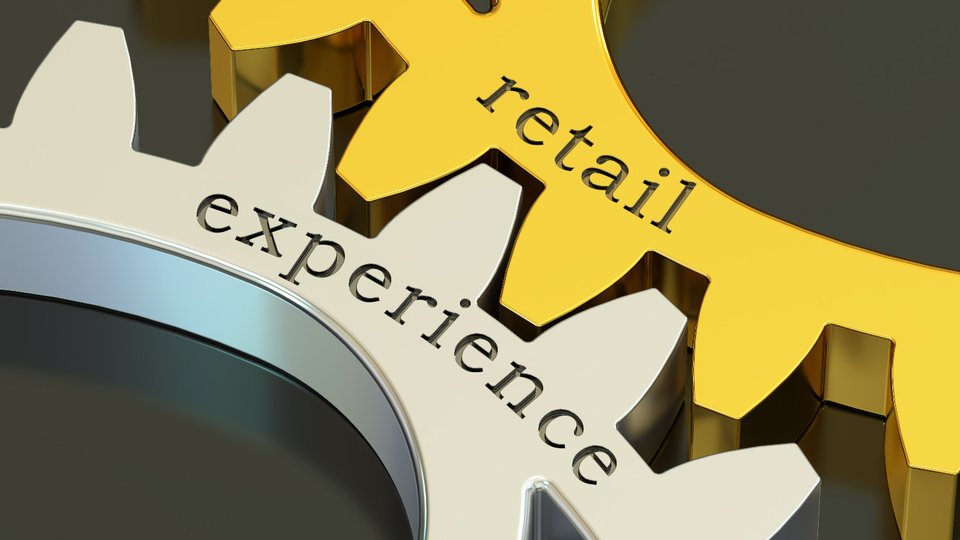Omnichannel
New demands of chief merchant role require new tools to excel
When it comes to the chief merchant role there have been big changes across the retail landscape. The list includes skills, tools and expertise required to fulfill the responsibilities.

July 13, 2023 by Kristin Howell — Global Vice President, Retail Marketing & Merchandising, SAP
To understand how significantly the role of a retail organization's chief merchant has evolved lately, check out the details of a recent job posting from a furniture and home décor store for its open chief merchandising officer position: Having "a strong background in consumer goods selling to all channels of retail partners with a high focus on e-commerce customers" is part of the required skillset, along with "utilizing data to drive insights and results," and "driving the company vision with a consumer and customer-centric mindset."
Focus on e-commerce. Customer-centric mindset. Utilizing data. Keywords like these have become integral to the chief merchant job description, suggesting that the qualifications for the role have indeed evolved in significant ways, even if many of the fundamental responsibilities of the job remain essentially the same. Getting the right products to the right places at the right price, at the right time and in the right quantity, all in order to maximize margin and shareholder value, remains the essence of the chief merchant role. What's changed drastically across the retail landscape are the skills, tools and expertise required to fulfill those responsibilities.
Changing skills
In the not-too-long-ago "old days," a chief merchant's duties and the decision-making to carry them out were rooted in a single channel: the in-store experience. Knowing the customer was more straightforward, as was supply chain management. Their domain was in-store planograms, displays and inventories, and basing decisions on in-store shopping behavior. Creating the right product assortment to entice customers to buy was KPI #1. And decisions about assortment, orders and the like were based largely on experience, gut instinct, direct in-store observation, and input from store managers and associates, augmented by sales reports.
Here in the era of channel-surfing consumers, plentiful buying options and disruptive competition, the chief merchant's role stretches well beyond supplier negotiations and smart sourcing.
Today it's more about reading and responding to demand signals from multiple sources, across multiple channels, with decisions about product assortment dictated more by consumer preference and less by the chief merchant's trend-shaping talents (although those still figure prominently into the role). And consistently making the right decisions for the business demands a more cross-functional perspective, where the chief merchant must be attuned to and informed by fresh information from the supply chain, marketing, digital and customer experience facets of the business.
At the crux of these responsibilities is gleaning timely, relevant insight from a huge volume of data. To fulfill their responsibilities to the retail organization, chief merchants must have a thorough understanding of the multi-channel competitive landscape and the digitally empowered consumer. With that kind of insight comes a huge opportunity for chief merchants to bring new value to the enterprise in areas like assortment quality, customer experience, management of business risks (inflation, supply chain volatility, etc.) and creation of new revenue streams.
Needed tech, data tools
As sophisticated as their job description has gotten, and as critical as their role is in shaping and executing product strategy and roadmap, and delivering on growth objectives across channels, chief merchants must have a deep tech and data toolbox to excel in the job.
Here are a handful of items to consider putting in that toolbox:
- New data sources for a fuller picture of the consumer. Chief merchants absolutely need fresh internally sourced data on shopper behavior, customer experience and other activities across digital and physical channels. But to really move the needle, they also need data from emerging external sources (social data, weather data and the like) to tell them more about consumer behavior — details that provide valuable insight into buyer journeys.
- High-powered predictive analytics capabilities. The combination of experience, gut instinct and sales reports won't give chief merchants enough of the information they need to maintain a handle on consumer buying trends, market dynamics and other key decision-making inputs. They need the ability to look forward, and machine learning- and artificial intelligence-powered predictive tools can help them do so by accurately forecasting sell-through patterns and providing other intelligence to support demand planning and buying decisions. Intelligent pricing optimization tools also can predict pricing strategy outcomes.
- Real-time insight into inventory and the supply chain. Getting the right products to the right place at the right time across multiple channels, and taking full advantage of concepts like the virtual "endless aisle," depend on the chief merchant having real-time visibility into the quantity and whereabouts of inventory. Timeliness, availability, accuracy and price all shape the customer experience. The more fresh supply chain and inventory information a chief merchant has in these areas, the better equipped they will be to proactively and positively shape CX.
- A single system of record and source of truth around which to align programs across channels. Syncing pricing and promotions across multiple offline and online channels, and uncovering upselling and cross-selling opportunities between channels, becomes a much more straightforward proposition when it all can be managed via a single platform.
- New KPIs that reflect today's realities. It could be time to update your metrics to better reflect today's omnichannel world. A few to consider: marketing response rates (by customer or campaign); detailed basket analysis and/or product relationships online vs. store; detailed promotional sales and margin performance; supplier scorecarding and/or product cost analysis; inventory turnover by channel; and omnichannel order and fulfillment profitability.
At the end of the day, the chief merchant's role is still part art and part science. It still involves setting product assortment and prices, designing promotions, negotiating with vendors, and ultimately, being better than the competition at turning shoppers into repeat customers. As sophisticated as today's consumers have become, excelling at the job requires more sophisticated tools and a chief merchant whose team knows how to use them.





